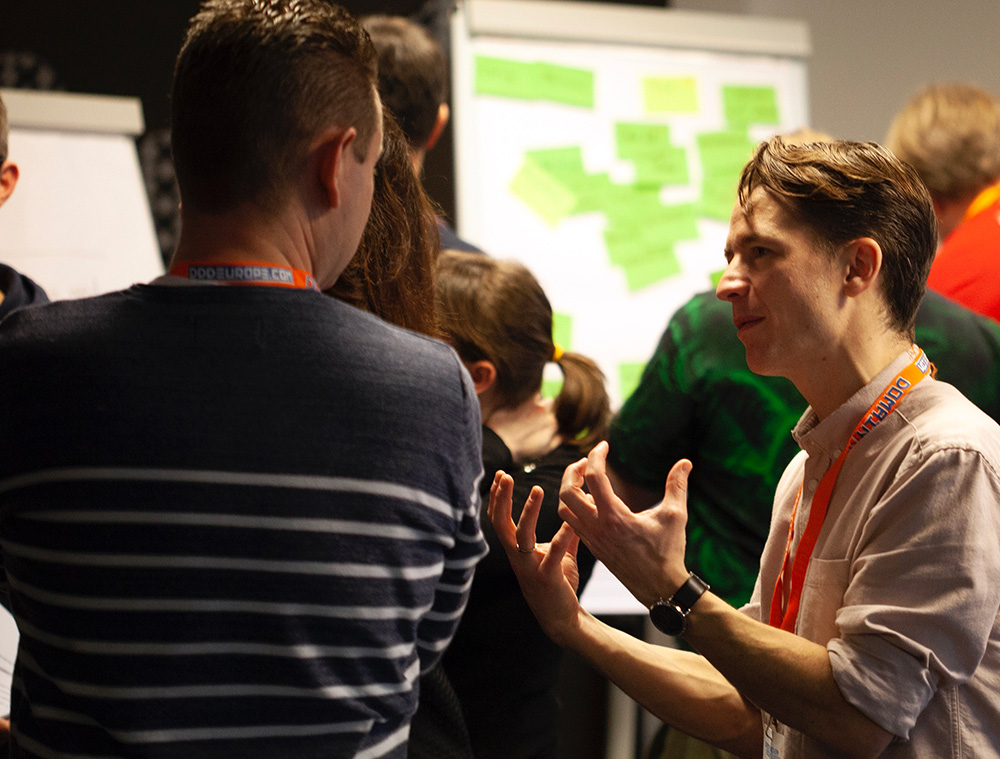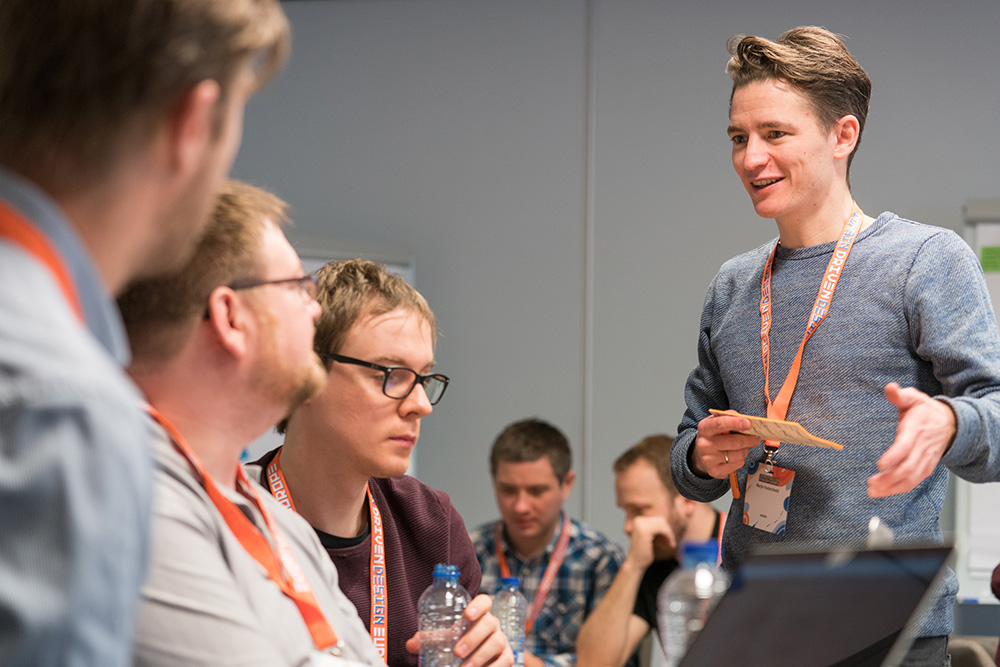- September 16-20, 2019
- Grand Hyatt | Denver, CO
-
-
- #EDDD
Marijn Huizendveld
2-Day Workshop
Tue-Wed, Sept 17-18
In this workshop you will learn that with little effort you can improve your workflow by building your own set of tools made specifically for your context.

Scaling applications, refactoring models, testing the solution, debugging problems, proving what happened, or deploying to production; CQRS and event sourcing make it easier. But all these advantages come at a cost:
Unfortunately there are not a lot of tools that help us overcome these typical challenges of event sourcing and CQRS. Traditional CRUD based MVC applications benefit from decades of free and paid-for tooling that help you get the job done faster. In the CQRS and event sourcing world that is not the case. While there are frameworks and libraries available, they generally constrain our models and our way of building software. They do so without providing a comprehensive set of tools for addressing the problems mentioned before.
The cry for a lack of tooling for CQRS and event sourcing is as old as the approaches are themselves. So where does that leave us? What can we do?

[I] liked the approach...liked the constant retrospective, the content learned and the whole interactivity.
Investments in tooling pay off quickly. Especially when you take small steps. Together we will look at different tools that can help us with building, testing, debugging and changing your software.
With examples taken from real projects you will experience that specific tools can make you more efficient and how they would fit in your workflow. Following each example we will implement the tool in the language of your choice. If you bring your own event sourced domain models we will do so given the constraints of your specific context.
The goal of the workshop is to inspire you to build tools that fit your context and to show you that it can be done with little effort. After attending it you will be enabled to build tools yourself in the future.